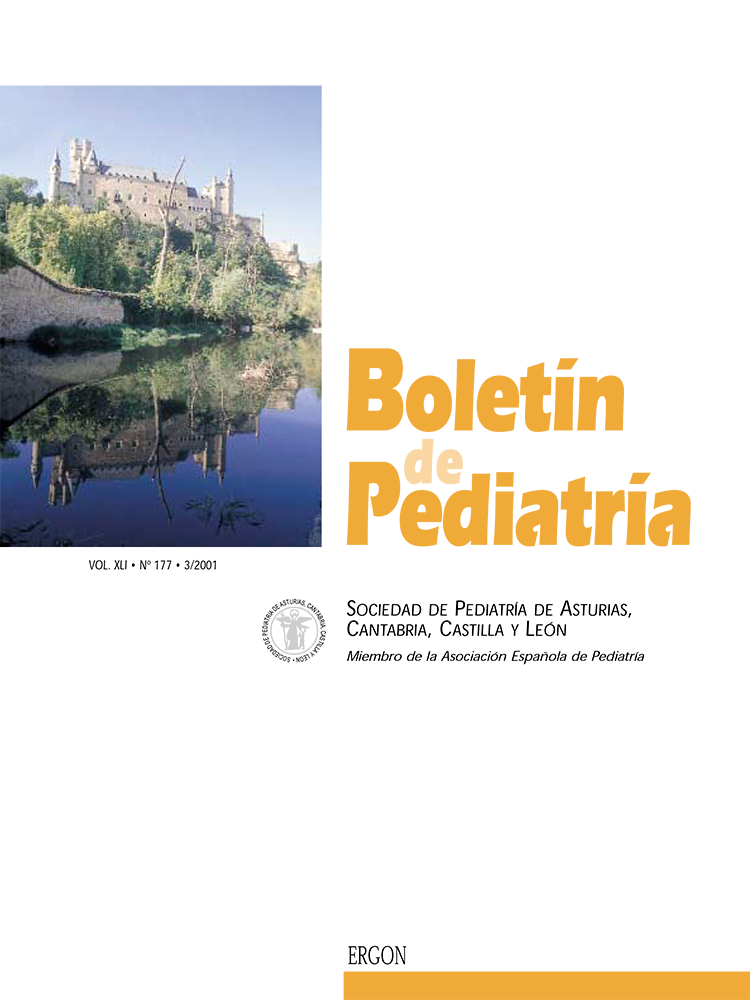Abstract
Abstract A review of the literature is performed in order to update the indications of minimally invasive surgery (MIC) techniques in the pediatric patient, going into detail on the type of disease that can be approached by this surgical technique in the chest, abdomen, and retroperitoneum, evaluating its advantages compared to conventional open surgery techniques. At present, the opinion of the different authors is unanimous regarding the use of the application of these techniques in diseases such as pleural empyema, acute abdomen, recurrent abdominal pain, cholelithiasis and gastroesophagaeal reflux disease. Other diseases, that require a high degree of surgical skill such as the closure of the persistent arterio-venous ductus, splenectomy or nephrectomy, are in the phase of being established in most of the centers. Even so, it is considered that 60% of the pediatric surgical diseases can be approached by means of minimally invasive techniques. It is concluded that the MIC provides unquestionable advantages regarding the diagnostic and therapeutic possibilities, decrease of postoperative pain and complications, cost-effectivity and esthetic outcome in the treatment of surgical pathology in the child.

This work is licensed under a Creative Commons Attribution-NonCommercial 4.0 International License.
Copyright (c) 2001 Boletín de Pediatría
